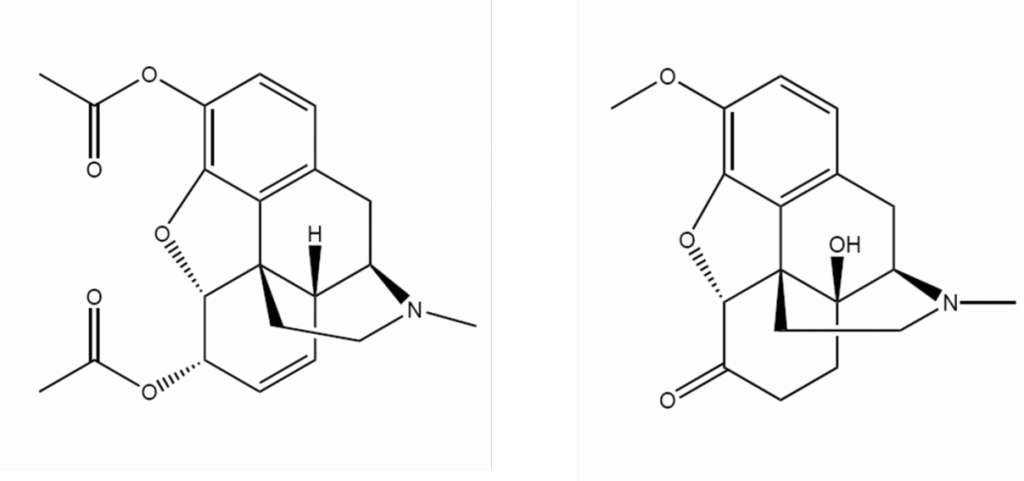
by Nicole Kwiek
Drug overdoses, the majority of which involve prescription medications, continue to be the leading cause of accidental death in this country. How can that be? If a highly trained medical professional prescribes these drugs, surely they can’t cause serious problems, right? Let me provide a scientific explanation for why they most certainly can.
Any drug, pharmaceutical or not, can be dangerous when misused. The reason for this boils down to pharmacology, or the science behind drug action. Drugs, like all chemicals, have a three-dimensional structure to them, and that specific shape dictates in part where that drug goes in the body, how quickly it does so, and importantly what target it binds.
So what is a drug target? Most commonly, these are proteins that carry out an important function in the body. They might be enzymes that help to catalyze chemical reactions. They might be receptors that help cells to translate chemical signals into a cellular response. They can be ion channels that open up and allow ions to flow across the cell membrane. In a nutshell, these targets do something in the body to produce some type of physiological response.
Drugs bind to and modify target function – that is, drugs can ramp up a target’s baseline activity or inhibit its activity all together. Importantly, the drug-target interaction is typically quite specific, and drugs with similar structures often bind to the same target.
So let’s think about it. Could a medicinal drug and an illicit drug theoretically have similar structures? Absolutely. Could a similarly structured medicinal drug and an illicit drug theoretically bind the same target? Absolutely. So then, could a medicinal drug and illicit drug elicit the same response? Absolutely. The target doesn’t care if the chemical is medicinal or not – it’s just going to respond.
Let’s use the example of the opioids to illustrate this point. Below you will find the chemical structures of heroin (an illicit street drug; right) and oxycodone (a prescription pain reliever medication; left). You don’t need to be a chemist to recognize that these two drug structures are very similar. Indeed, both of these drugs bind to the same target (the opioid receptor), both of these drugs affect how that target works, and both of these drugs can cause detrimental and sometimes fatal outcomes.

The chemical structures of heroin (right) and oxycodone (left) are similar. Image courtesy of Nicole Kwiek.
We can label drugs as being “good” or “bad,” medicinal or illicit. However, the body doesn’t care about the name of the drug or from where the drug came. The body, and more specifically the targets, react according to the chemistry of the drugs.
 Nicole Kwiek, PhD, is a clinical assistant professor in pharmacology and Director of Undergraduate Studies at The Ohio State University College of Pharmacy. Her interests include science education outreach, pharmacology for K-12 students, and prescription drug misuse awareness.
Nicole Kwiek, PhD, is a clinical assistant professor in pharmacology and Director of Undergraduate Studies at The Ohio State University College of Pharmacy. Her interests include science education outreach, pharmacology for K-12 students, and prescription drug misuse awareness.